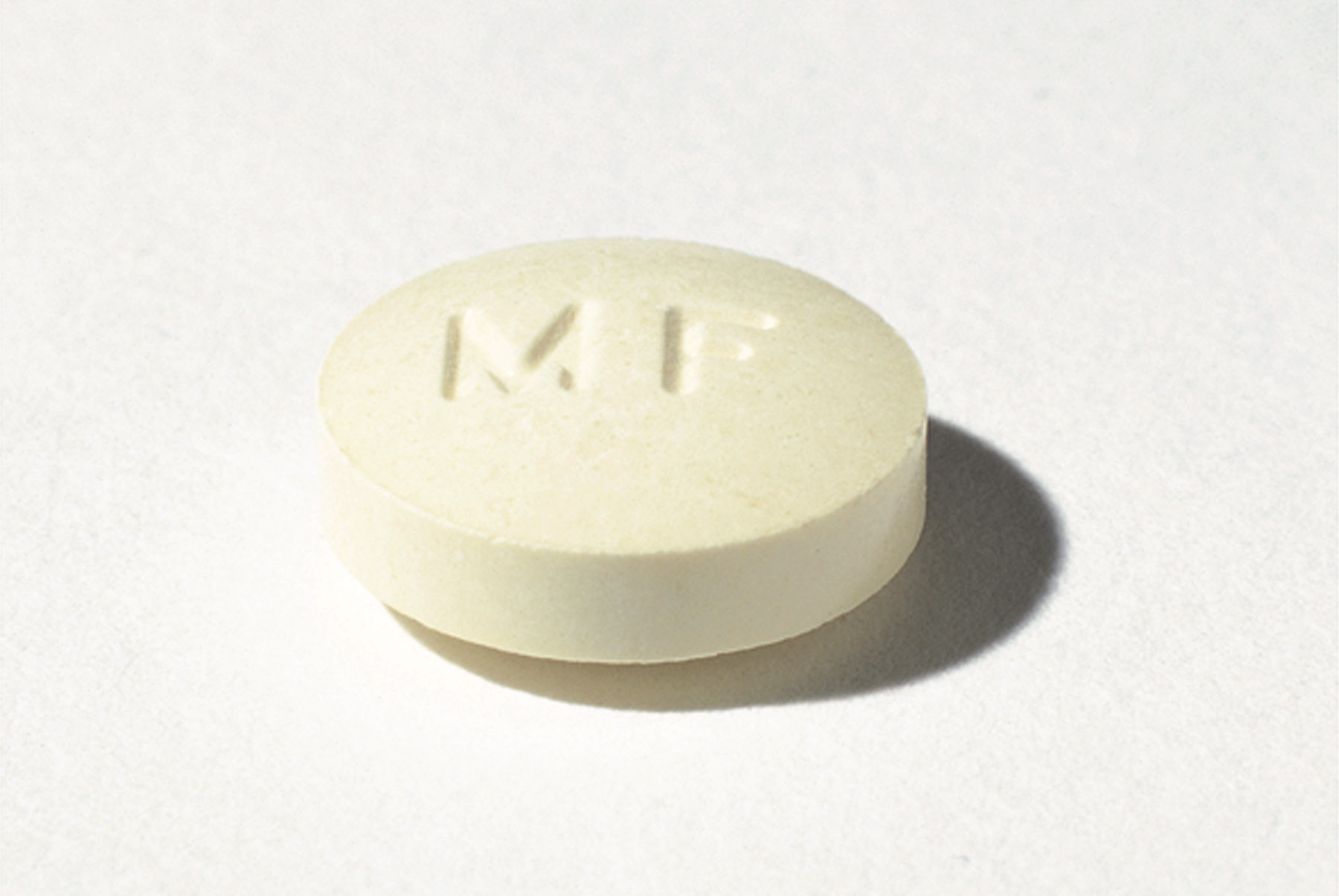Almost 40 Percent of Abortions Are Now Done With Pills

Credit to Author: Marie Solis| Date: Thu, 19 Sep 2019 12:46:22 +0000
While the overall abortion rate in the U.S. has hit a record low since the procedure was legalized in 1973 under Roe v. Wade, the rate of people choosing medication abortion to end pregnancies is on the rise, according to new findings from Guttmacher Institute.
Medication abortion is a method of abortion that involves taking the drugs mifepristone and misoprostol to induce what is effectively a miscarriage. The method became available in the United States in 2000, when the Food and Drug Administration approved mifepristone, and has dramatically increased in use since: Whereas in 2004, medication abortions made up just 14 percent of all abortions in the U.S., by 2015 that number rose to almost 25 percent. Now Guttmacher reports that the share of medication abortions in 2017 was 39 percent of the total, or almost two in five.
But some have speculated that the number of people obtaining medication abortions could be much higher were it not for the FDA’s longstanding restrictions on mifepristone, which went into effect simultaneous with the drug’s approval. The current regulations state that mifepristone can only be administered by healthcare providers at a hospital or clinic, a stipulation that experts say has made medication abortion harder to access. (Absent of these restrictions, in parts of Europe, the rate of medication abortion can be as high as 90 percent.)
“This is a method patients are becoming more comfortable with,” said Elizabeth Nash, the senior states issues manager at Guttmacher. “If the FDA lifted the restrictions on mifepristone, then it would be much more accessible. That would be a game changer for many patients.”
Guttmacher’s findings arrive amid escalating calls for the FDA to remove the restrictions on mifepristone. Over the last few months, dozens of doctors and reproductive health advocates have accused the FDA of ignoring the mounting research that shows the drug is safe and effective, even when taken without medical supervision, and siding with the anti-abortion movement’s political agenda. Multiple providers have sued the agency, arguing that the restrictions prevent them from providing their patients with the best care possible.
“The FDA is over-regulating medication abortion at a time when we’re seeing increased barriers to abortion care, including efforts to ban abortion outright,” Andrea Miller, the president of the National Institute for Reproductive Health (NIRH), told VICE earlier this month. “We’re concerned that the FDA is playing into political gamesmanship.”
Others argue that the mifepristone restrictions, combined with conservative attacks on abortion access on the whole, are pushing more people to self-manage their abortions, most often by buying abortion pills online from sites ignoring the FDA’s rules. Indeed, Guttmacher’s latest report also finds that the number of self-managed abortions appears to have increased by 50 percent between 2014—when self-managed abortions made up 12 percent of all abortions—and 2017, when they made up 18 percent.
Guttmacher has connected this rise in self-managed abortions to the increasing availability of mifepristone and misoprostol on the internet, and the “websites that provide accurate information about how to safely and effectively self-manage abortion.”
The new report also weighs the impact of state and federal restrictions on the declining rate of abortion overall, which Guttmacher has found to be primarily the result of fewer people becoming pregnant. Nash and her colleagues are careful to point out that anti-abortion laws aren’t the “main driver” of the downward trend on the national level, but Nash said they’re still a factor when comparing abortion rates between states, and when examining how individual people are able to access abortion.
“For some states, restrictions played a major role in clinic closures, and that’s directly tied to limiting access to abortion services,” Nash said. “On the individual level, any one of these restrictions—a waiting period, abortion counseling—can keep someone from accessing services. Just because you don’t see that show up in the national rate, doesn’t mean the restrictions aren’t harmful.”
Reproductive health advocates say those restrictions are all the more reason for the FDA to consider how it has limited access to medication abortion, which Guttmacher has shown to be the way more and more people are accessing abortion, if they can access it at all. They say the agency has a responsibility to meet the public’s health needs, and a duty to reflect the scientific consensus around the safety of the method.
“The FDA should be operating in a way that promotes the health and wellbeing of people in this country,” Miller said. “The more the FDA chooses to double down on a politically motivated set of over-regulations, the more challenging it will be to access a safe and effective medication. And that should be anathema to the FDA’s purpose.”
Sign up for our newsletter to get the best of VICE delivered to your inbox daily.
Follow Marie Solis on Twitter.
This article originally appeared on VICE US.